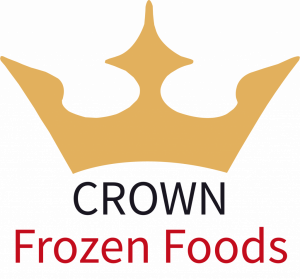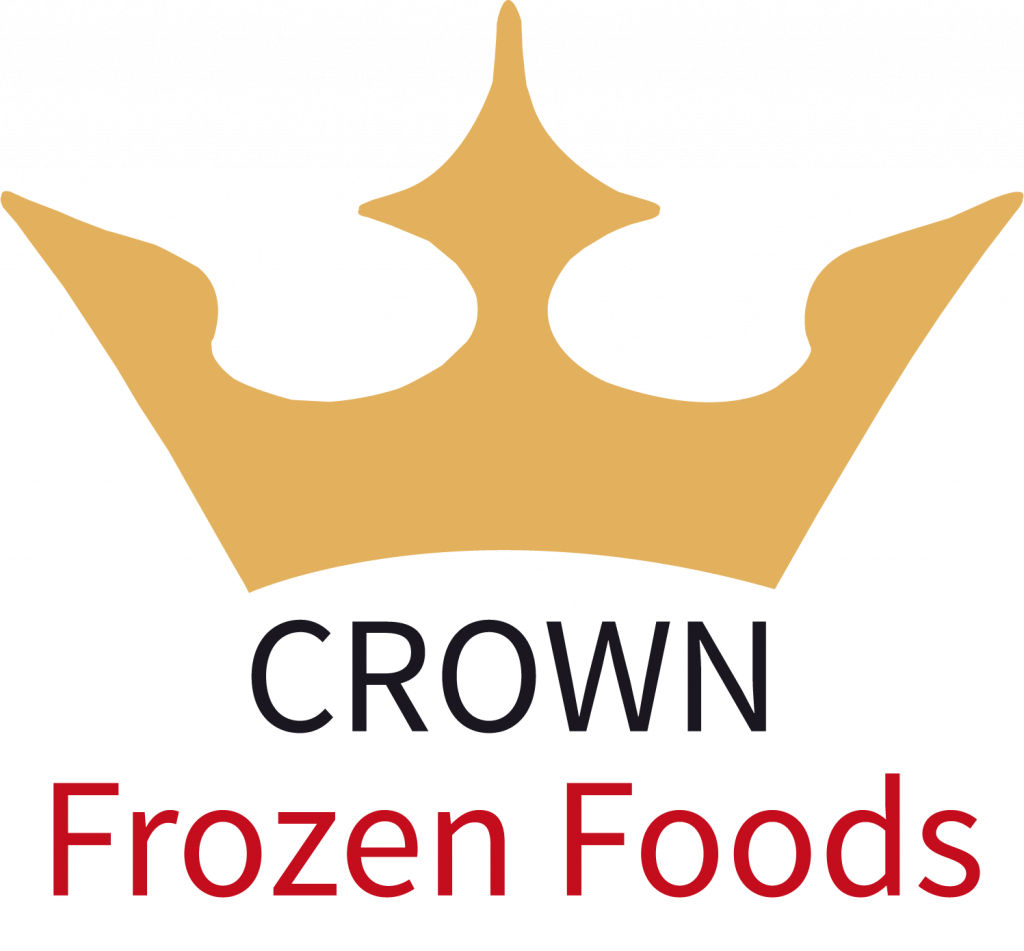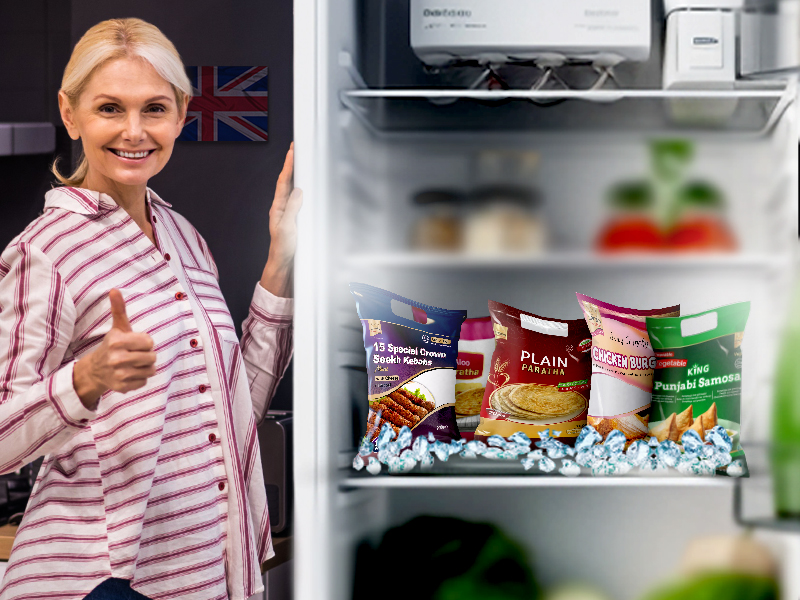Food safety is a critical concern, and the growth of food poisoning bacteria can be highly likely if food is stored above 8°C. As per the legal requirement, keeping fridges below 5°C is mandatory to prevent bacterial growth. However, it is also recommended to maintain the temperature between 1-4°C to ensure optimum safety. For frozen foods, it is advised to keep them at around -18°C to prevent the growth of harmful bacteria.
In the UK, there are specific guidelines for storing food to ensure safety and prevent spoilage. Here are some key points to keep in mind:
- Refrigeration Temperature: Fridges and chilled display equipment should be set at 8°C or below as a legal requirement. It is recommended to keep the fridge temperature between 1 and 5°C to slow down food spoilage and prevent the multiplication of harmful bacteria.
- Freezer Temperature: Freezers should be set at -18°C to maintain the quality and safety of frozen food. Freezing food helps extend its shelf life.
- Sealed Containers: It is advisable to store food in sealed bags or containers to protect it from contamination and maintain its freshness. Avoid storing food or drinks near cleaning products or other chemicals.
- Follow Storage Instructions: Always follow any storage instructions provided on the food packaging to ensure optimal storage conditions. Different types of food may require specific storage methods.
- Food Hygiene Requirements: Food businesses, including catering establishments, must comply with food-hygiene requirements and store food correctly to protect customers, staff, and their reputation. Cold food should be kept at 8°C or lower.
It’s important to adhere to these guidelines to ensure the safety and quality of stored food.
Freezing Frozen Foods to Extend its Life
Freezing food is a great way to extend its shelf life and preserve its quality. Here are some tips for freezing food effectively:
- Use Appropriate Packaging: Choose packaging materials that are specifically designed for freezing, such as freezer bags, airtight containers, or freezer-safe wraps. Make sure the packaging is sturdy and can withstand low temperatures without cracking or leaking.
- Label and Date: Always label your frozen items with the name of the food and the date it was frozen. This will help you keep track of what you have and avoid consuming food past its recommended storage time.
- Portion Control: Divide larger quantities of food into smaller portions before freezing. This allows you to defrost only what you need, minimizing waste. It’s also helpful to flatten the food in the package to maximize freezer space and ensure even freezing.
- Cool Before Freezing: Allow hot or warm food to cool down to room temperature before placing it in the freezer. This helps prevent the temperature in the freezer from rising, which could affect the quality of other frozen items.
- Remove Excess Air: When using freezer bags, squeeze out as much air as possible before sealing. For containers, leave a bit of headspace to accommodate any expansion during freezing.
- Freeze Fresh: Freeze food as soon as possible after purchase or preparation to lock in freshness. This is particularly important for perishable items like meat, fish, and dairy products.
- Follow Freezing Guidelines: Some foods, such as fruits and vegetables, may benefit from blanching (briefly boiling and then cooling) before freezing to help preserve their texture and flavor. Refer to specific freezing guidelines for different types of food to ensure optimal results.
- Properly Thaw: When ready to use frozen food, thaw it in the refrigerator to maintain its integrity and reduce the risk of bacterial growth. Avoid thawing at room temperature to prevent the food from entering the “danger zone” (between 4°C and 60°C), where bacteria can multiply rapidly.
By following these tips, you can effectively freeze your food and extend its shelf life while retaining its quality and taste.




